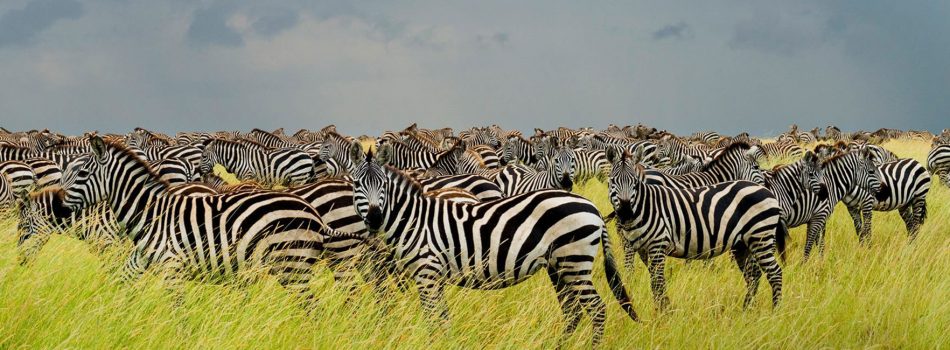
The Mikumi National Park near Morogoro, Tanzania, was established in 1964. It covers an area of 3,230 km² is the fourth largest in the country The park is crossed by Tanzania’s A-7 highway.
The landscape of Mikumi is often compared to that of the Serengeti. The road that crosses the park divides it into two areas with partially distinct environments. The area north-west is characterized by the alluvial plain of the river basin Mkata. The vegetation of this area consists of savannah dotted with acacia, baobab, tamarinds, and some rare palm. In this area, at the furthest from the road, there are spectacular rock formations of the mountains Rubeho and Uluguru. The southeast part of the park is less rich in wildlife, and not very accessible.
The fauna includes many species characteristic of the African savannah. According to local guides at Mikumi, chances of seeing a lion who climbs a tree trunk is larger than in Manyara (famous for being one of the few places where the lions exhibit this behavior). The park contains a subspecies of giraffe that biologists consider the link between the Masai giraffe and the reticulated or Somali giraffe. Other animals in the park are elephants, zebras, impala, eland, kudu, black antelope, baboons, wildebeests and buffaloes. At about 5 km from the north of the park, there are two artificial pools inhabited by hippos. More than 400 different species of birds also inhabit the park.

